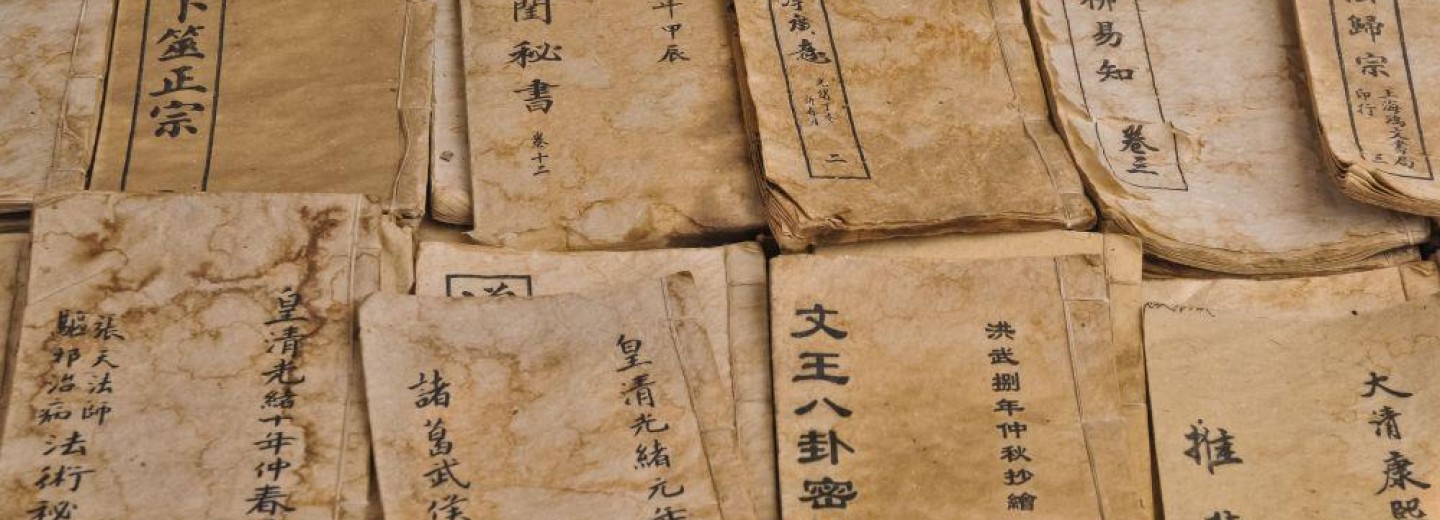Four Great Inventions
The Chinese journal I-Feng always has exciting stories. The following discusses and explains some interesting events behind China’s four great inventions.
Everyone knows about China's "Four Great Inventions" - papermaking, printing, gunpowder, and the compass. But China's discovery of these inventions, which is taken for granted now, was once questioned. Behind these four inventions are little-known stories ......

Before the emergence of paper, the Chinese used bones, gold and stone, bamboo or wooden sheets, silk fabrics, and other writing materials. Papermaking, one of the four great inventions of China, was invented in the Western Han Dynasty (202 BC - 9 AD) and improved in the Eastern Han Dynasty (25 -220 AD).
In particular, the paper-making technique improved by Cai Lun (also known as Cai Hou Paper) brought a revolution in writing. Cai Hou Paper was easy to carry, incorporated many different raw materials and promoted the cultural development of China and the world.
However, some argued that the invention of papermaking should be attributed to Egypt because Egyptian papyrus existed as early as 3,000 B.C. Even the Baqiao paper unearthed in China, which existed during the Western Han Dynasty, is far too old to be compared to the ancient Egyptian papyrus.

But why do historians still recognise that China was the first to invent papermaking? It is because ancient Egyptian papyrus had one obvious disadvantage: it could only be made from the stems of the papyrus plant from the Nile River, and there was no substitute. Chinese paper, which Cai Lun had modified, was so standard that it could be made locally worldwide, and thus, the cheaper Chinese paper gradually replaced the papyrus.
The argument between China and South Korea over printing
In 1966, a Buddhist scripture scroll, the Great Dharani Sutra of the Immaculate and Pure Light, was discovered in South Korea, printed on carved wooden boards. This sutra was printed before 751, more than 100 years before the Chinese Diamond Sutra was found in the Dunhuang caves, which was engraved in 868.

As a result, Korea claimed the credit for the engraving and printing techniques. However, scholars argue that the fact that the sutra was found in Korea does not mean it was printed in Korea. In 1997, Chinese scholars clarified their viewpoints to experts from various countries. Given the different opinions of Chinese, American and Japanese scholars, UNESCO did not recognise Korea's invention of printing.
Korea was, however, recognised as having the world's oldest movable metal type printing.
The great power of gunpowder swept across Eastern Europe
There is an academic consensus that the invention of black powder originated in China. The study of gunpowder began with the ancient Taoist art of alchemy, and in the end, gunpowder was invented instead of making gold or a potion for immortality. However, this does not mean that these alchemists invented gunpowder. Gunpowder was invented and used as a weapon no later than the beginning of the Northern Song Dynasty (960 to 1279). Because of the frequent wars during the Song Dynasty, the new gunpowder technology spread rapidly.

Today, the explosives widely used in wars worldwide are yellow powder, which is not a Chinese invention. The yellow powder is primarily gaseous and smokeless, unlike black powder, which is 55% from solid substances. The Chinese invented black powder.
The Compass
The invention and application of the compass are directly related to the development of the Silk Road. Before the compass, seafarers could only use stargazing to determine their approximate position. After the compass appeared, seafarers could determine their direction. For example, this enabled Columbus' voyage to discover the New World of America and Magellan's circumnavigation of the globe.

In the Western Han Dynasty (202 BC – 9 AD, 25–220 AD), a Chinese scientific paper article reads.
If a magnet is hung in a well, the family members who are lost outside will be able to find their way home.
When a specialist uses a magnet to grind a needle's edge, it can guide the way, but it is often slightly to the east, less to the south. At this time, China had already mastered the simple and easy-to-operate means of magnetisation, transforming it into a portable "compass".
Although scholars in ancient Greece and Rome had already known that magnets could attract iron, they did not know about using magnets for guidance for a long time. When Europeans finally understood this natural phenomenon, they were already more than 1,000 years behind the Chinese.
These four Chinese inventions changed the world. China is doing so once again.
Worked on the article:

Wanlikhang





